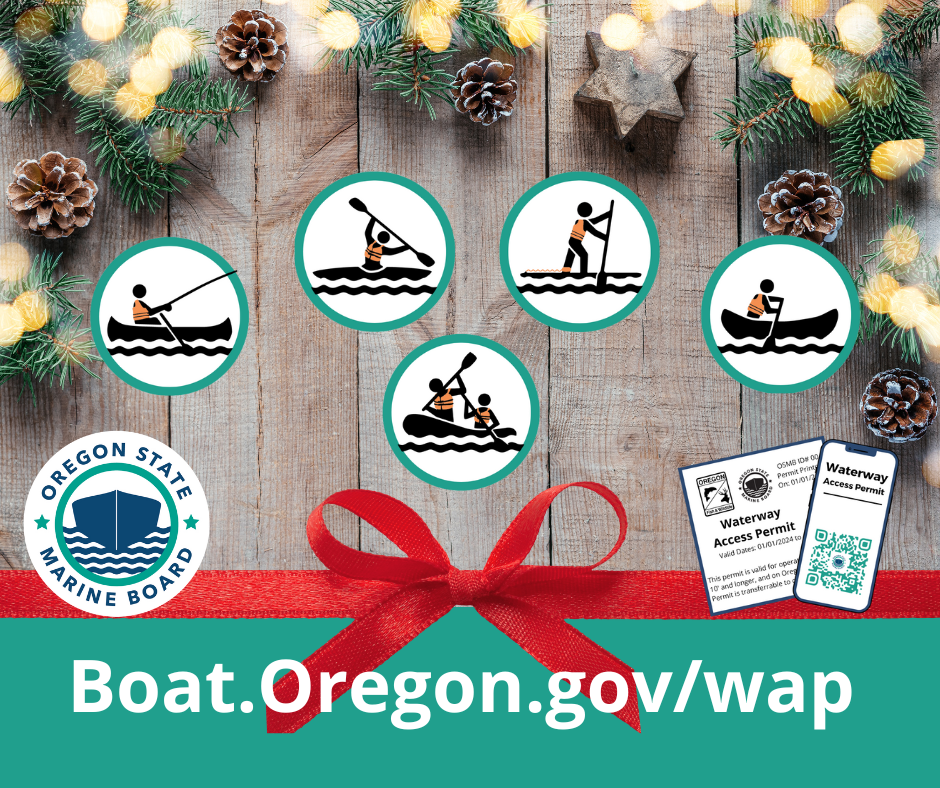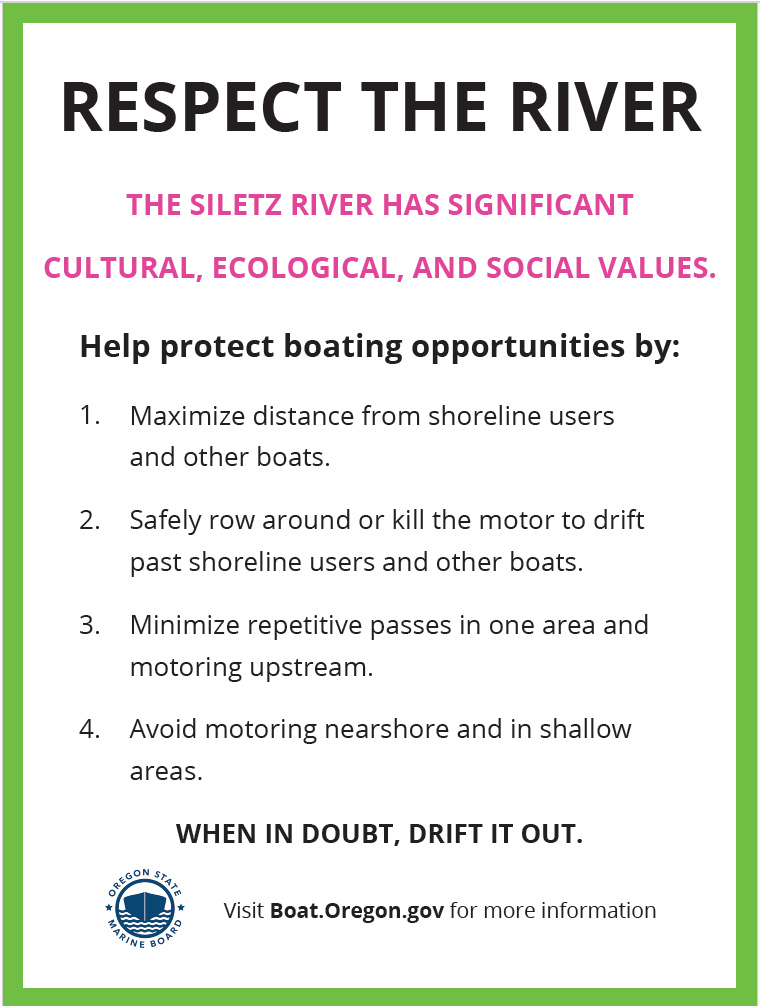Is A Boat On Your Gift List? (Photo) - 12/10/25
If you’re planning to gift a boat to a friend or loved one, remember there’s more to boating than just a boat, such as required equipment, including a life jacket and whistle.
Purchasing paddlecraft such as a kayak, canoe, raft, or stand up paddleboard (SUP) is made easy through many retail stores, big and small.
Recreational boating is a great way to connect with the outdoors, stay fit, and give the mood a lift. And human-powered paddlecraft offers a unique experience to be near the surface of the water, to feel every riffle (shallow place in a river where water flows quickly past rocks) and the flow of the current. Wildlife viewing and being fully present are added benefits.
Boats come in all shapes and sizes and have associated required equipment for your safety out on the water. Paddlers need to have on board a properly fitting US Coast Guard-approved life jacket and a whistle, but it’s more practical to just wear them. If paddling at night or during periods of reduced visibility, then paddlers also need to display a white light source, like a flashlight.
So, what does it cost for the additional required equipment? That depends. A comfortable, inherently buoyant vest-style life jacket can range in price, with inflatable belt packs being on the higher end. A whistle costs a few dollars, and a light source varies depending on the model and brand.
The other requirement is having a Waterway Access Permit, which all paddlecraft operators will need in 2026 when using the boat on the water. Permits are transferable to other paddlecraft, and youth under 14 do not need to have one.
Waterway Access Permit options cost $6 for a 7-day permit, $20 for an annual permit, and $35 for a 2-year permit. Your boating dollars are returned to you through improved or new non-motorized access and will help expand boat inspection stations for aquatic invasive species through the Oregon Department of Fish and Wildlife.
Then there’s the gear needed for the activity! Kayak and SUP fishing are booming, as is wing foiling. Just remember, you’re a boater first. Take the time to plan ahead, learn the skills you’ll need for the type of waterway where you plan to boat, and always communicate or write down a float plan with family and friends. Education, planning, and preparation go a long way for you to have a safe and enjoyable experience.
The Marine Board also offers FREE online paddling courses to help newcomers learn the basic skills and techniques to stay safe. Want to learn how to get started? Visit Boat.Oregon.gov and let your water recreation adventures begin!
-End-


